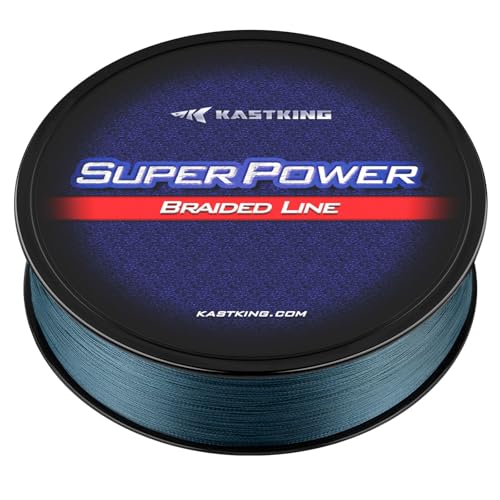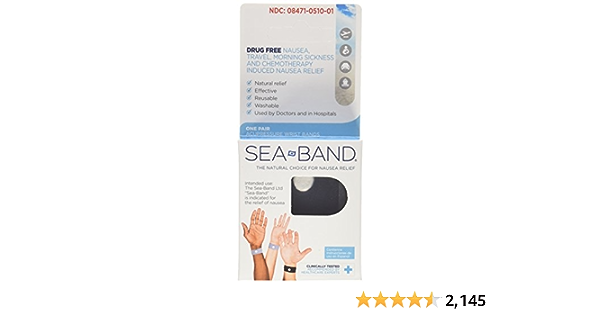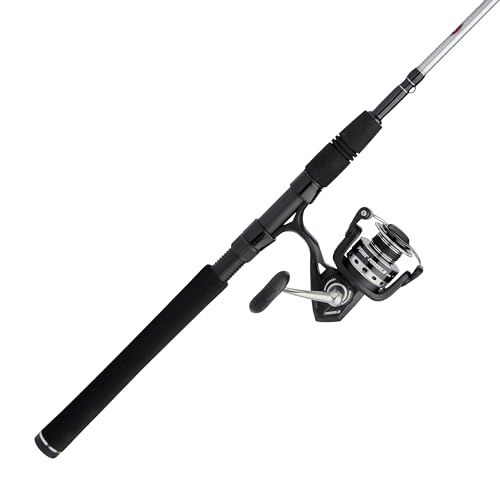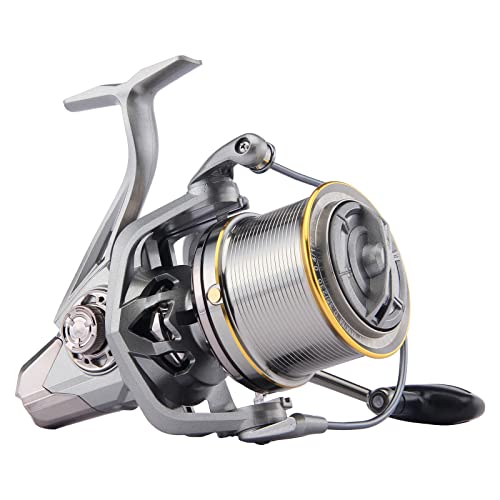To tie a sinker on a fishing line, follow these steps: make a loop with the line, thread the end of the line through the sinker’s hole, pull the loop over the sinker, and tighten the knot. Fishing with a sinker can help improve your chances of catching fish.
By adding a sinker to your fishing line, you can help your bait sink deeper into the water, attracting fish that may be swimming closer to the bottom. Whether you are a beginner or an experienced angler, learning how to tie a sinker onto your fishing line is an essential skill.
We will provide you with a step-by-step guide to successfully tying a sinker onto your fishing line. By following these instructions, you’ll be ready to cast your line and start reeling in fish in no time.
Understanding Fishing Sinkers
Definition And Types Of Fishing Sinkers
A fishing sinker is an essential piece of tackle used in angling that helps to weigh down the fishing line and bait, allowing them to sink deeper into the water. Sinkers come in various shapes, sizes, and materials, each serving a different purpose.
Here are some key points to help you understand fishing sinkers:
- Split shot sinkers: These are small, round sinkers that can be easily added or removed from the fishing line. They are commonly used for light to medium fishing where subtle adjustments are needed.
- Egg sinkers: These sinkers resemble an egg and are available in different weights. They work well for freshwater fishing in calm or slow-moving waters.
- Bullet sinkers: As the name suggests, bullet sinkers have a sleek, bullet-like shape. They are designed to cut through the water and are often used for casting or fishing in strong currents.
- Bank sinkers: These sinkers have a flat, rectangular shape and are ideal for holding fishing lines in place in flowing water or tidal areas.
- Pyramid sinkers: Pyramid sinkers have a pyramid shape with a flat base. They are commonly used in surf fishing to anchor the bait securely in sandy or muddy bottoms.
Factors To Consider When Choosing A Fishing Sinker
When selecting a fishing sinker, it’s important to consider several factors to ensure optimal performance and success in your fishing endeavors. Here are some key factors to keep in mind:
- Fishing location: The type of fishing sinker you choose will depend on where you plan to fish. Different sinkers work better in different environments, such as freshwater lakes, rivers, or saltwater environments.
- Water conditions: The speed and depth of the water can impact your sinker selection. Strong currents may require heavier sinkers to keep your bait in place, while calm waters may only require lighter sinkers.
- Targeted fish species: The species of fish you’re targeting can determine the type and size of the sinker you should use. Some fish prefer a more subtle presentation, while others require a heavier sinker to reach greater depths.
- Bait presentation: The sinker you choose should complement the bait you’re using. Lighter sinkers provide a more natural presentation, while heavier sinkers can be used for bottom fishing or when a stronger cast is needed.
Benefits Of Using A Fishing Sinker
Using a fishing sinker offers several advantages that can improve your fishing experience and increase your chances of success. Here are some benefits of using a fishing sinker:
- Increased casting distance: A sinker helps to add weight to your line, allowing for longer and more accurate casts, especially in windy conditions.
- Better bait control: Sinkers enable you to have greater control over the depth at which your bait is positioned. This allows you to effectively target specific fish species at different depths.
- Enhanced sensitivity: By using a sinker, you can better detect subtle bites and nibbles from fish, leading to improved hook sets and more successful catches.
- Versatility: Sinkers come in various shapes and sizes, making them versatile for different fishing applications and environments.
- Reduced line tangling: Fishing sinkers help to keep your line straight and prevent tangles, ensuring a smooth and hassle-free fishing experience.
Understanding the different types of fishing sinkers, considering key factors when choosing the right sinker, and understanding the benefits they offer will greatly assist you in your fishing endeavors. By using the appropriate sinker, you can enhance your fishing skills and increase your chances of landing the big one.
Step-By-Step Guide: How To Tie A Sinker On A Fishing Line
Are you ready to hit the waters for a day of fishing? Before you cast your line, it’s important to know how to properly tie a sinker on your fishing line. The sinker, also known as a weight, is essential for helping your bait sink to the desired depth, increasing your chances of catching fish.
In this step-by-step guide, we will walk you through the process of tying a sinker on a fishing line so that you can get out on the water with confidence.
Gathering The Necessary Tools And Materials:
Before you begin, make sure you have the following tools and materials handy:
- Fishing line: Choose a suitable fishing line based on the type of fish you are targeting and water conditions. Consider factors such as line strength and visibility.
- Sinker: Select an appropriate sinker based on the fishing technique and desired depth. There are various types of sinkers available, such as split shot, bullet, or pyramid sinkers.
- Pliers: Keep a pair of pliers within reach to help tighten knots and secure the sinker properly.
Choosing The Right Fishing Line For Your Sinker:
- Consider the fishing conditions: Determine whether you need a monofilament, fluorocarbon, or braided line based on factors such as water clarity, depth, and target species.
- Match line strength with sinker weight: Ensure that the fishing line has the appropriate strength to handle the weight of the sinker and potential fish. Refer to the manufacturer’s recommendations for guidance.
- Pay attention to visibility: If fishing in clear water, choose a less visible line to avoid spooking the fish. Fluorocarbon lines are often preferred for their low visibility properties.
Selecting The Appropriate Knot For Tying The Sinker:
- Improved clinch knot: This knot is commonly used for attaching sinkers to fishing lines. It provides good strength and reliability.
- Palomar knot: Another popular knot for sinker attachment, the palomar knot offers excellent strength and is relatively easy to tie.
- Uni knot: The uni knot is versatile and works well for both attaching sinkers and securing hooks. It is reliable and straightforward to tie.
Step 1: Creating A Loop In The Fishing Line:
- Hold the fishing line between your thumb and index finger, forming a loop about six inches from the end of the line.
- Ensure the loop is large enough to accommodate the sinker.
Step 2: Inserting The Sinker Through The Loop:
- Take the sinker and pass it through the loop created in the previous step.
- Make sure the sinker is securely inserted through the loop without any twists in the line.
Step 3: Tightening The Knot And Ensuring It Is Secure:
- Hold the sinker and the loop in one hand while using your other hand to grasp the free end of the line.
- Slowly pull the free end of the line to tighten the knot snugly around the sinker.
- Once tightened, check that the knot is secure and holds the sinker in place.
Step 4: Testing The Strength Of The Knot:
- Give the line a gentle tug to ensure the knot is strong and capable of withstanding the pressure of casting and reeling.
- If the knot slips or feels weak, re-tie it using the same technique or try a different knot for added strength.
Tips For Troubleshooting Common Issues When Tying The Sinker:
- If the sinker doesn’t slide easily through the loop, wetting the line can help reduce friction.
- Check for any twists or tangles in the line before tying the knot to ensure a smooth and secure connection.
- Practice tying knots and experimenting with different types to find the one that works best for you.
Now that you know how to tie a sinker on your fishing line, you can confidently head out on your next fishing adventure. Remember, practice makes perfect, so take the time to hone your knot-tying skills and experiment with different techniques.
Happy fishing!
Common Mistakes To Avoid
When it comes to tying a sinker on a fishing line, some common mistakes can lead to inefficient fishing and lost catches. To ensure a successful fishing experience, it’s important to be mindful of the following common mistakes:
Overlooking The Importance Of Choosing The Right Sinker Weight
Choosing the right sinker weight is crucial for achieving the desired casting distance, maintaining a natural bait presentation, and ensuring that you can detect fish bites effectively. Here are a few key points to consider:
- The sinker weight should match the conditions you are fishing in. Heavier sinkers are ideal for windy days and strong currents, while lighter sinkers work well for calm water.
- The weight of the sinker should be enough to keep your bait or lure near the desired fishing zone but not so heavy that it hampers the movement of the bait.
- It’s essential to understand the behavior of the target fish species and the type of habitat they inhabit. This knowledge can help you determine the appropriate sinker weight to use.
Incorrect Positioning Of The Sinker On The Fishing Line
The positioning of the sinker along the fishing line can greatly affect the presentation of your bait and the performance of your fishing setup. Consider the following points to avoid making this mistake:
- Place the sinker at the end of the line if you want your bait to rest on the bottom.
- If you are fishing in deep water or want your bait to suspend at a particular depth, position the sinker accordingly. Attach it at a distance from the hook to achieve the desired depth.
- Avoid placing the sinker too close to the hook, as it may impede the natural movement of the bait and make it look unnatural to the fish.
Not Properly Securing The Knot When Tying The Sinker
The knot used to secure the sinker to the fishing line is crucial for preventing it from sliding down or coming loose while casting or reeling in the fish. Ensure that you avoid the following mistakes when tying the knot:
- Use a reliable fishing knot, such as the improved clinch knot or the palomar knot, to tie the sinker to the line.
- Double-check that the knot is tight and snug against the sinker, minimizing the chances of it slipping.
- Wet the knot before tightening it to reduce friction and ensure a secure connection.
Neglecting To Test The Strength Of The Knot
Before casting your line into the water, it’s important to test the strength of the knot connecting the sinker to the fishing line. By doing so, you can avoid losing the sinker or potentially losing a fish. Here’s what you need to keep in mind:
- Give the knot a gentle tug to check its resistance. If it feels loose or slips easily, retie the knot for a stronger hold.
- Inspect the knot visually to ensure that it is properly formed and tightly wrapped around the line and sinker.
- Practice tying the knot at home until you feel confident in its strength and reliability.
By avoiding these common mistakes when tying a sinker on a fishing line, you will enhance your fishing experience and increase your chances of landing that prized catch. Remember to choose the right sinker weight, position it correctly on the line, secure the knot properly, and test its strength before casting.
Happy fishing!
Techniques For Properly Using A Sinker On A Fishing Line
Fishing with a sinker can greatly enhance your chances of success by adding extra weight to your line and helping you cast further. However, using a sinker correctly requires a bit of finesse. In this section, we’ll explore some key techniques to ensure you get the most out of your sinker for different fishing scenarios.
Adjusting The Sinker Weight Based On Fishing Conditions
To optimize your fishing experience, it’s important to adjust the weight of your sinker according to the prevailing conditions. Here are some key points to keep in mind:
- Water depth: As a general rule, the deeper the water, the heavier your sinker should be to maintain stability and keep your bait in the desired strike zone.
- Current strength: In stronger currents, a heavier sinker is necessary to prevent your line from drifting too much. Conversely, lighter sinkers work well in calmer waters.
- Bait weight: If you’re using a lighter bait, you may need to compensate by opting for a heavier sinker. This will help with casting distance and maintaining the desired presentation.
Employing Different Sinking Techniques For Various Fishing Scenarios
Sinking techniques are crucial for effectively targeting different fish species in diverse fishing scenarios. Here are a few techniques to consider:
- Bottom bouncing: This technique involves casting your line and allowing the sinker to touch the bottom before slowly lifting and repeating. It’s particularly effective for bottom-dwelling fish.
- Constant retrieval: Suitable for species that prefer moving baits, this technique involves retrieving your line at a steady speed while the sinker adds weight and depth to your presentation.
- Drop-shotting: Used when fishing in structures like weed beds or rocky areas, drop-shotting allows you to suspend your bait above the bottom using a sinker attached below it. This technique reduces the chances of snagging.
Utilizing Additional Equipment To Enhance Sinker Effectiveness
In some cases, using additional equipment alongside your sinker can improve your chances of attracting fish. Consider using the following:
- Swivels: By attaching a swivel between your sinker and mainline, you can reduce line twist caused by the sinker spinning in currents or during retrieval. This ensures a smooth and tangle-free fishing experience.
- Beads: Adding small plastic or glass beads above your sinker creates noise and attracts fish by mimicking prey or creating vibrations. Experiment with different colors and sizes to see what works best for your target species.
- Rubber stops: Placing a rubber stop above your sinker acts as a buffer, preventing the sinker from sliding too far up the line during casting. This keeps your bait at the desired depth where fish are most likely to strike.
By adjusting your sinker weight, employing various sinking techniques, and utilizing additional equipment, you’ll significantly increase your chances of a successful fishing outing. Remember to always adapt your approach based on the specific fishing conditions you encounter. Happy fishing!
Conclusion
Mastering the art of tying a sinker on a fishing line is an essential skill for any angler. By following the simple steps outlined in this blog post, you can ensure a secure and effective attachment that will enhance your fishing experience.
Remember to choose the right type and weight of sinker for your specific fishing situation, and make sure to tie the knot tightly to avoid any mishaps. Additionally, familiarizing yourself with different knot options such as the improved clinch knot or the palomar knot can provide you with more versatility and confidence on the water.
So, next time you head out for a fishing trip, don’t forget to incorporate this valuable technique into your routine. Happy fishing!




